Technical sheets Design Sound Performance Features Configuration Conclusion Pricing and availabilityComments
The arrival of the HomePod mini in the fall has expanded the range of smart connected speakers from Apple. The apple brand now finds itself with two references in its catalog. If the two devices have some similarities, they are also different in their philosophy and their price. We help you find out which one is right for you.
Apple's two HomePods in mini and maxi versions // Source: Frandroid / Arnaud GELINEAU
Specifications
| Model | Apple HomePod | Apple HomePod mini |
|---|---|---|
| Built-in microphone | Yes | Yes |
| Number of speakers | N/C | 1 |
| Subwoofer | N/C | < td> Yes|
| Wi-Fi standard | Wi-Fi 5 (ac) | Wi-Fi 4 (n)< /td> |
| OS Compatibility | iOS | iOS |
| Wizard | Siri | Siri |
| Dimensions | 142 x 172 mm | 97.9 x 84 .3 mm |
| Price | €149 | €99 |
| Product sheetSee the test | Product sheetSee the test |
Design for all tastes
There is obviously a family connection between these two and it is not only due to their black or white mesh fabric covering which allows sound to pass through unimpeded. They are round in their own way. The big brother HomePod measures just under 18 cm high and 14.2 cm in diameter when the mini version displays 8.43 cm under the height gauge and 9.8 cm at its maximum waistline. But it is also on the scale that we feel the difference: 2.5 kg against 345 grams. Two beautiful compact babies and of course their seats in their own way.
Apple's HomePod The HomePod mini is available in white or black // Source: Frandroid / Arnaud GELINEAUOn both models, there is a touch surface at the top to manage the controls (volume, activation/deactivation of Siri d long press, next or previous track). On the HomePod mini, the surface is completely backlit as soon as you activate Siri by voice or touch it. And the keys are visually identified. It is thus easier than on the initial version to correctly control the device by hand and to know if Siri is activated.
Don't expect to connect any external devices to any of the HomePods. Neither has connectors (HDMI, jack, Ethernet port, etc.) or Bluetooth. The 1st generation HomePod is Wi-Fi 5, the mini is content with Wi-Fi 4.
The two HomePods are powered by an electrical cord. But this one is not the same length. The HomePod was designed to possibly be placed higher up or further from an outlet, while the HomePod mini has a more nomadic identity to blend into any interior, anywhere. But its cord is also significantly shorter and you won't be able to pull it that far from an outlet.
The HomePod mini and its big brother // Source: Frandroid / Melinda DAVAN-SOULAS
In terms of aesthetics, the choice between the two devices is above all a matter of taste and size. Even before their possibilities, the notable difference in size between the two, the large cylinder versus ball format, is a decisive first choice. Just like the price of course, but we'll talk about it below.
Audio: the bigger and louder HomePod
This is where we find the most significant differences which also explain the price variation. Because the two devices were not quite designed with the same architecture.
The original HomePod has, at the top, a long-throw woofer with specific amplifier when the mini has to be satisfied with a broadband transducer directed upwards, to manage the frequencies from bass to treble passing through the mids, and two passive force-cancelling radiators to boost the bass. The HomePod mini does not have a horn tweeter – but a custom acoustic waveguide instead – when its eldest has a total of 7 tweeters under its hood, distributed in a circle at the base of the HomePod.
The HomePod audio system // Source: Apple
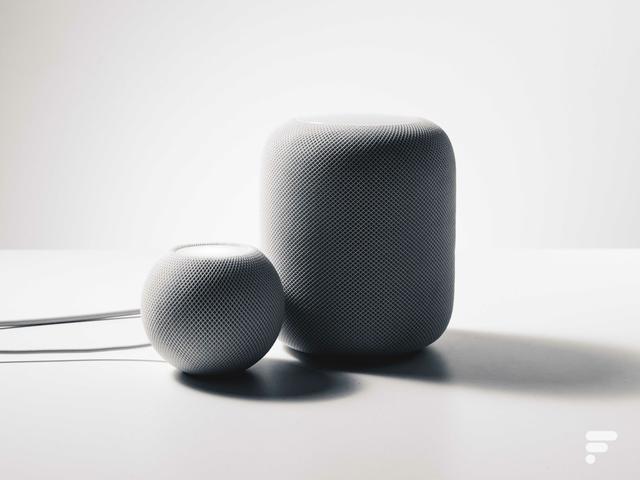
There are also six microphones on the HomePod to better detect your questions to Siri at 360°, even when the music is playing, as well as an internal microphone for low frequency calibration to automatically correct the bass according to the position in your room. Wherever the maxi format speaker is positioned, it will adjust the sound as accurately as possible according to your furniture and the sound returning to the walls in order to obtain a rich and regular sound. You will hear perfectly wherever you are and whatever the structure of the premises. And the result is quite impressive.
The HomePod mini does not have as many microphones or one for calibration. It has to make do with four microphones, one of which is facing the inside of the device to isolate the sound emitted by the speaker in order to better detect your "Hey Siri". But the sound broadcast by the compact version is also 360°. and quite impressive for its size. No matter where you are in the room, the sound is perceived in the same way, even from a little further away, because its amplitude is vast. Unable to resort to calibration, Apple engineers relied on computer audio processing (also present on the HomePod) and studied the possible configurations of several hundred parts. Thus, the HomePod mini adapts its sound diffusion to the fairest.
As on the maxi format, you have no possible adjustment of the speaker and you have to rely on an automatic equalizer. The audio adjustment is done digitally thanks to the on-board system. Whether it's the HomePod mini or the first HomePod of the name, the sound is balanced with bass present without being intrusive.
The sound of the HomePod is logically more powerful and rich. But, despite its more compact format, the mini does not have to be ashamed of its capacities which are rather surprising. It's the same size as an Amazon Echo Dot and a little bigger than a Google Nest mini, but it's qualitatively superior. Apple has made an effort to ensure that the sound, one of its attractions, is above the rest. The Google Nest Audio, more bulky, but with the same objectives, is its main competitor at the same price.
The powerful HomePod mini for the future
Released in 2018, the HomePod is equipped with the A8 chip of the iPhone 6 of 2014. The HomePod mini can count on the S5 chip of the Apple Watch Series 5. There is obviously a difference in onboard power between the two models and this is also due to the expectations placed on them. The great strength of the A8 chip is to allow the detection of the room for the calibration of the speaker, which is absent from the HomePod mini.
But it also relies on the Ultra Wideband U1 chip, which weaves a more precise link than Bluetooth or Wi-Fi with devices that carry it, such as the iPhone 11 and later or the Apple Watch Series 6. If this is not yet fully used, it will allow more efficient monitoring of devices thanks to radio waves, in particular in the context of the connected home or the transfer of music.
Two speakers to do everything (or almost)
First obvious thing to remember: HomePods only work in the Apple ecosystem. If you have an Android smartphone or tablet, go your way! You will not even be able to configure the device. If you are already a member of the brotherhood of the apple, the multiple uses are up to you.
HomePod was designed with music in mind. The HomePod mini as a home hub with Siri as backup. Here is their main difference. It must be said that Apple's voice assistant was far from being as operational as hoped for on the first version. It has clearly caught up with the arrival of the new version and is a game changer.
The two devices therefore allow you to rely on Apple's voice assistant to support you in your tasks: start music, control HomeKit-compatible connected objects in the house, take or transfer your calls in hands-on mode free, send your SMS to your contacts, create your lists and reminders, answer your questions by transferring the somewhat long answers to your iPhone or your route requests by opening Maps on your smartphone, iPad or even CarPlay in the car.
The HomePod mini relies on the Home app to control everything // Source: Apple
Siri has taken a huge leap forward, and with multiple onboard mics in each speaker, it's pretty responsive to your requests, even when the music is loud. On the HomePod, the voice assistant knew above all how to launch your music and choose thematic playlists to perfection (for work, for the start of the evening, for a melancholy atmosphere, etc.). It is now more efficient in answering your questions, with still some lack of naturalness in the response. It's not perfect yet, but it's definitely progressing.
With a more operational Siri, the connected home aspect so dear to the HomePod goes up a notch. And we can now design the HomePod / HomePod mini as a real voice hub for home automation. It knows how to control compatible bulbs (Philips Hue or Nanoleaf in mind), create scenarios to allow you to turn off all the lights before leaving or open your blinds.
In this game, the HomePod mini has an advantage over its big brother, which can also control the connected home: the newcomer is compatible with the Thread protocol, concocted by the large consortium including Google Nest, Samsung, Apple, Qualcomm and multiple home automation players.
The new Intercom function can be useful. On both, it allows, if you have other Apple connected speakers, iPhones, AirPods, iPads... all connected to the same iCloud family account and on the same Wi-Fi, to send a message to let them know that dinner is ready, that it's time to leave or call someone out without yelling all over the house.
At the moment, Apple Music is still king on its devices, even though Amazon Prime Music has been accepted. Spotify, Deezer and others are announced for later. The HomePod can also connect to your podcast and radio content (partnership with TuneIn and just ask Siri for a radio).
You have the option of pairing the two products in stereo, but it will be by range. It is not possible to do this between a HomePod and a HomePod mini. But you can have them communicate with each other like a multiroom to relay the sound of your playlist, podcast or other current program by asking Siri to broadcast to all devices in the house or in transfer. If they all work at the same time, to avoid bawling the sound, the HomePods know how to adjust and adjust the volume according to each other. In addition, it is also possible to add AirPlay 2 compatible devices in the loop without any particular configuration if they are already installed. Siri takes care of it at your request.
You can also use HomePods to accompany the audio output of your Apple TV or Mac. And a little nicer: you can now retrieve a song listening on your iPhone and, conversely, send a song broadcast on your iPhone to the speaker by simply approaching the smartphone.
It is finally at the level of the perspectives that we can separate the two HomePods. Musical speaker with bonus, the original HomePod relies on iOS updates to improve, because it is in terms of power and possibilities, excluding music, below its young heir. With the U1 chip on board, the HomePod mini can see further with greater possibilities for controlling connected objects in connection with your iPhone or your connected watch.
Configuration
Whichever model you choose, installation is simple. Simply bring your Apple device (iPhone, iPad, iPod) closer to start pairing the settings (internet network, account settings, contacts, calendar, etc.). The system asks you what information you want to share with your HomePod and in less than three minutes, you're done.
To get HomePod to work, you may have an older version of iOS. But you will not be able to take advantage of the latest added functions such as Interphone in particular. The HomePod mini needs iOS 14.3 to start taking full advantage of all its possibilities.
HomePod mini can be set up from the Home appBoth models require an iPhone SE, iPhone 6s or later, iPod touch 7th generation, iPad Pro, iPad 5th generation or later, iPad Air 2 or following, iPad mini 4 and following.
Which one to choose between the HomePod and the HomePod mini
If your essential use will be oriented towards music, the HomePod is the first choice, with the excellent sides of the connected home and Siri. If you see the speaker more as a first step in home automation, or as an addition that allows you to have a hub to centralize everything, the quality-price ratio of the HomePod mini is unbeatable in the Apple universe. He knows how to do everything, and rather well, for less than 100 euros. There is no doubt that the future progress of HomeKit, the compatible objects that are piling up over the years (even if France remains even worse off in particular than the United States) make the HomePod mini Apple's number one asset. , especially with its compatibility with Thread that the biggest Tech players will wear. Especially since the brand encourages with its low price to take several to disseminate them within the home and have Siri in each room.
The new HomePod mini // Source: Frandroid
Price and availability of HomePod and HomePod mini
The HomePod is on sale in white or space gray at 329 euros.
Where to buy the Apple HomePod at the best price?The HomePod mini is displayed at 99 euros in the same colors.
Where to buy the Apple HomePod mini at the best price?See more offers What are the best connected speakers in 2022?Looking for the best connected speaker but don't know which one to choose? Google Nest, Amazon Echo, Apple HomePod Mini… we help you see more clearly in smart speakers with personal assistant.Read more
To follow us, we invite you to download our Android and iOS application. You can read our articles, files, and watch our latest YouTube videos.
Even more Comparison


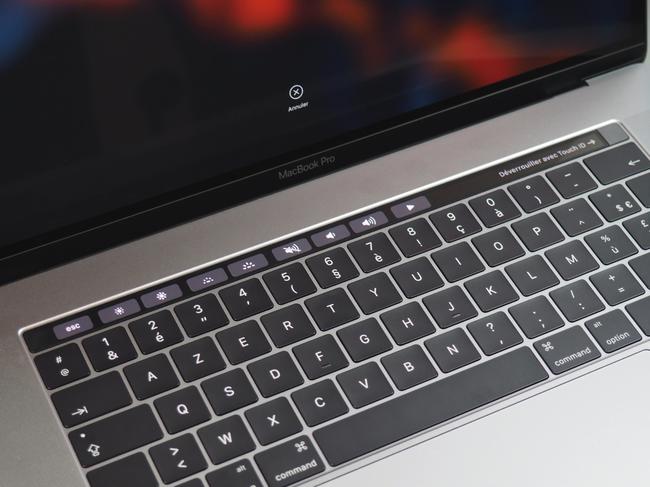

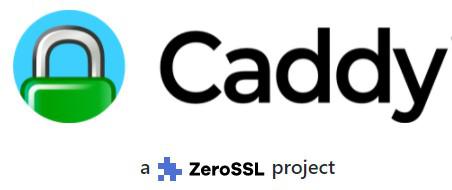

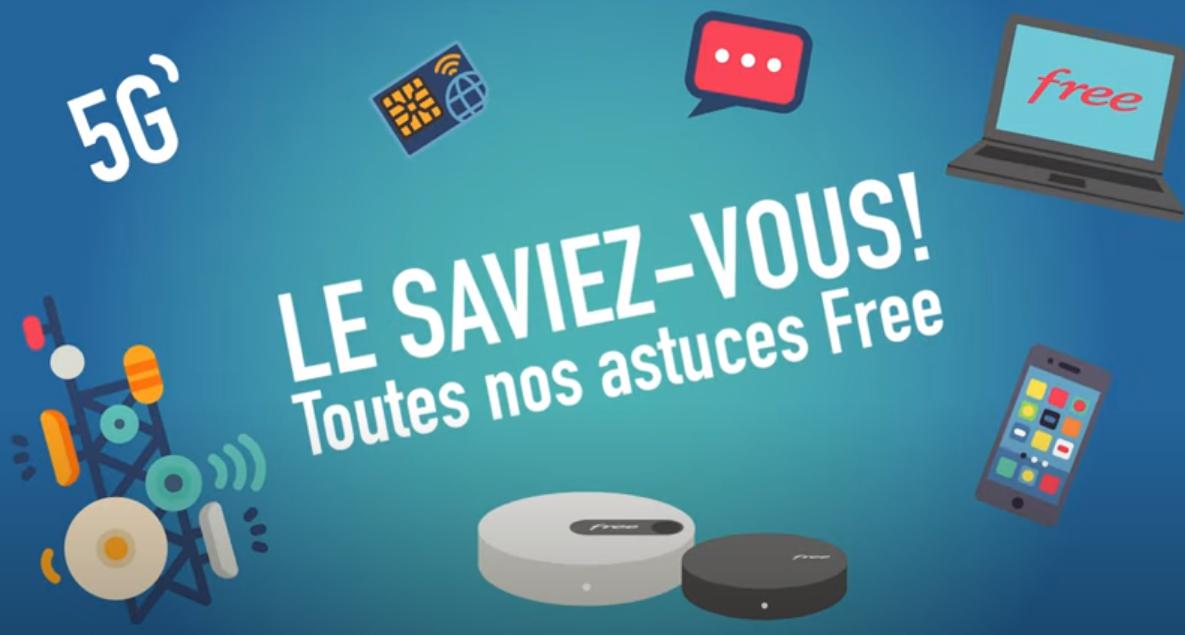
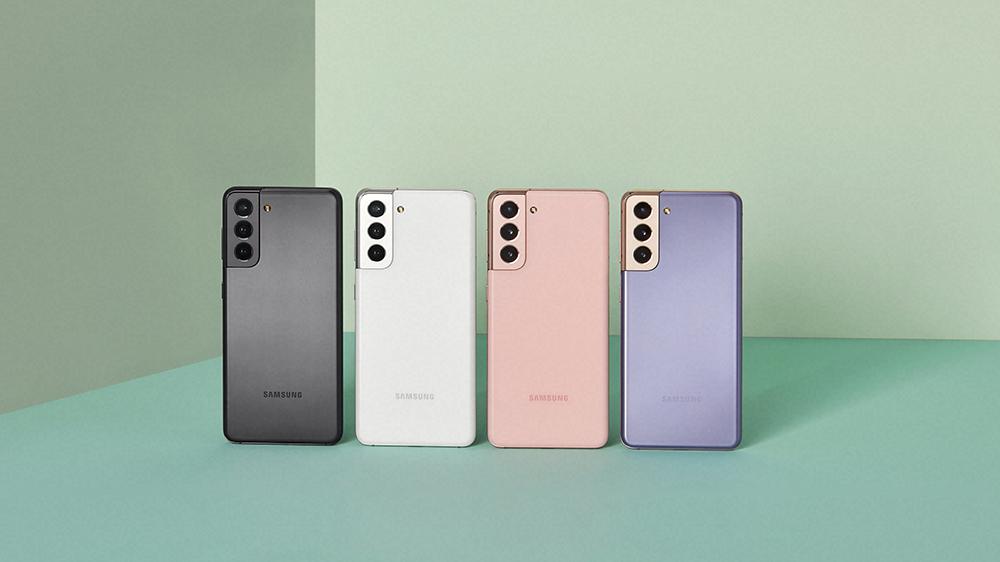
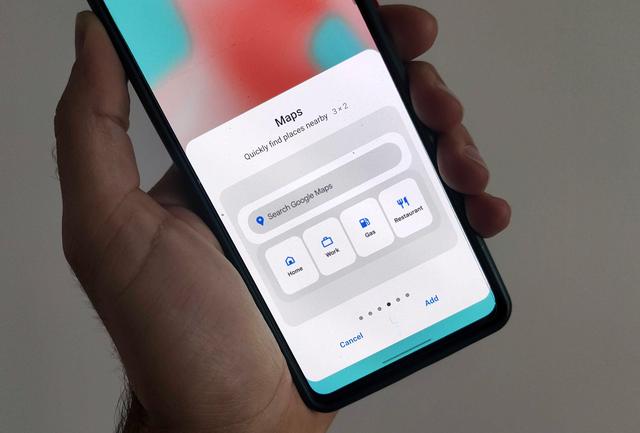
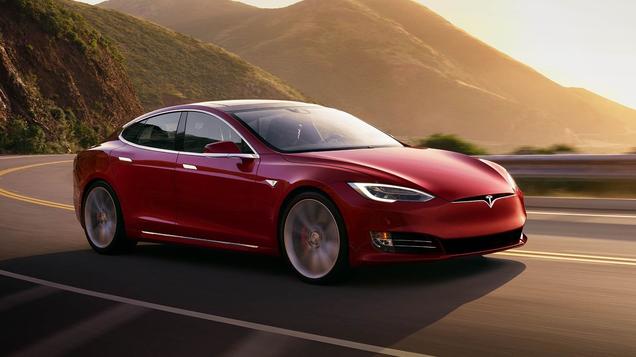
Samsung Galaxy S22, Uncharted et pl...
Tesla: you can now enjoy YouTube in...
EM – Butler vs Purdue Basketball Li...
Nantes. A child victim of an acci...